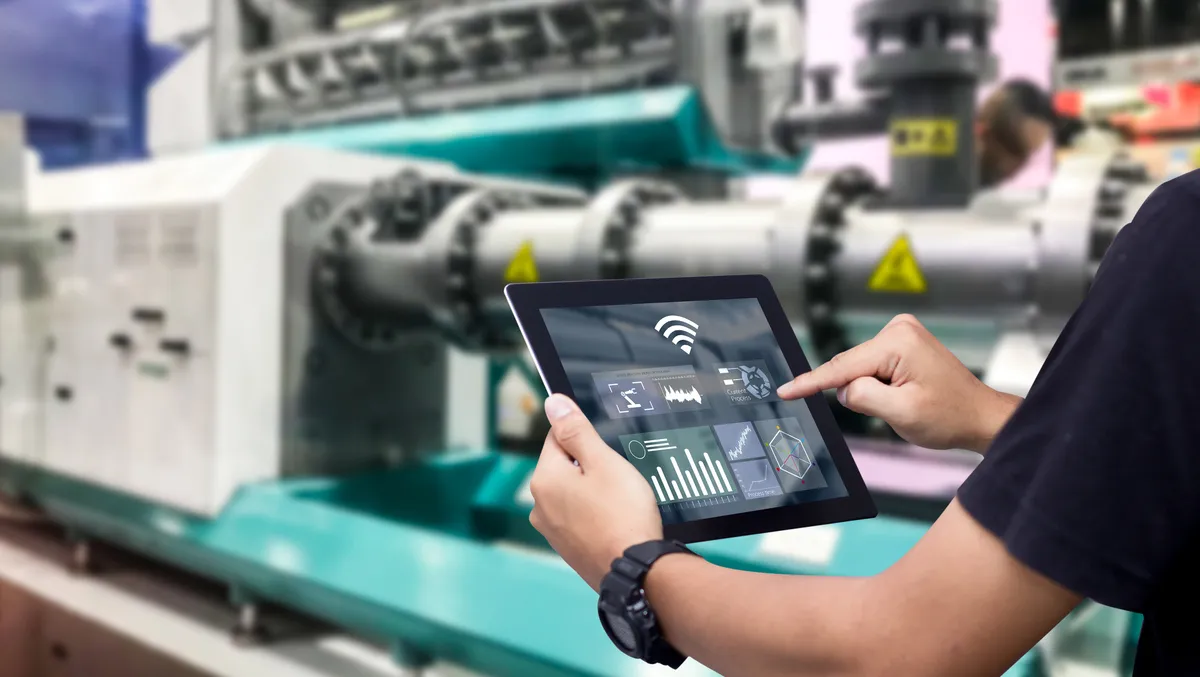
How the industrial metaverse is empowering workers
The latest data indicates that Australians have some understanding of the metaverse. At its core, the metaverse leverages augmented reality (AR) with digital representations of people and things to create integrated 3D virtual and social worlds.
However, while many people will see the metaverse as a place where they can use avatars in virtual social situations such as gatherings or shopping, the concept of the metaverse has been increasingly gaining traction in the industrial space, including in manufacturing and logistics. As a result, organisations increasingly realise the value the metaverse can provide to their business, leading to more streamlined and efficient production.
Industrial workers constantly use their hands to repair, move, or maintain real-world objects. Even the most technically advanced processes in the industry require interaction with physical objects, no matter if they are machines, goods, or devices. There's a misconception that using an AR headset could be counterproductive as it could cut workers off from the real world; however, that's not necessarily the case. The reality is that the metaverse can result in a continuing union of the physical world with the internet, powered by immersive technology.
Deploying metaverse technology to enable industrial environments, such as manufacturing, logistics, and automotive, requires a fresh approach. The industrial metaverse differs from more consumer-facing metaverses by digitising information and transferring it to workers, rather than digitising people to the virtual world. This information transfer empowers workers in a way that has never been seen before and has the potential to revolutionise the way the industry works, delivering more comprehensive user experiences.
With AR and the metaverse, workers are presented with relevant information or virtual objects in their field of view at the exact time they need them. Technological developments of AR and mixed reality (MR) have made devices like smart glasses or MR headsets possible. These devices not only display information, but also have the potential to provide entire step-by-step workflows or interactive 3D holograms that are blended into the real world without obstructing the worker's view. This lets workers engage in more streamlined processes, resulting in faster, more accurate results for the business.
The potential for the industrial metaverse is almost unlimited, which makes it impossible to ignore. Each and every task can be improved by having hands-free options and access to relevant information. The devices enable real-world interactions while connecting to the digital one. However, the real power lies in the software itself. The software enables the industrial metaverse by displaying real-time data from backend systems, interactive and immersive training workflows, or step-by-step instructions to maintain machines, for example. This technology empowers employees to be more efficient, productive, and confident while promoting accuracy and helping to reduce error rates.
Businesses are already exploring the industrial universe, and technically advanced companies are using augmented or MR solutions to reduce error rates and improve training experiences in different areas. The industrial metaverse lets companies digitalise individual processes as well as entire workflows by connecting the worker to the relevant data. Each step can also be accelerated with real-time data, while training and management can be improved by evaluating accumulated data of processes working together.

